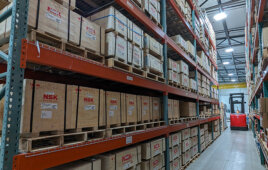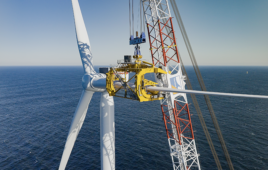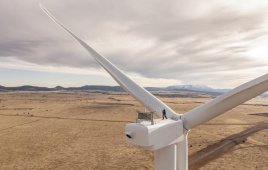England based Solent Composite Systems says its value proposition for the U.S. wind industry spans from turbine blade design, to molds, prototype development, and manufacturing technology transfer, along with training for new start-up blade plants. The company offers wind-turbine manufacturers with what it says are “Smart” engineering features such as its SmartMould, an approach to manufacturing blades with higher output and at lower cost. Key to the cost reductions, says SCS, lies in engineering techniques that significantly improve quality and productivity in blade manufacturing. This largely relates to after finishing costs, which continue as a major bottleneck in rotor blade manufacturing plants around the world.
says its value proposition for the U.S. wind industry spans from turbine blade design, to molds, prototype development, and manufacturing technology transfer, along with training for new start-up blade plants. The company offers wind-turbine manufacturers with what it says are “Smart” engineering features such as its SmartMould, an approach to manufacturing blades with higher output and at lower cost. Key to the cost reductions, says SCS, lies in engineering techniques that significantly improve quality and productivity in blade manufacturing. This largely relates to after finishing costs, which continue as a major bottleneck in rotor blade manufacturing plants around the world.
SmartMould concepts rely on advanced composite materials, design equipment, and well controlled processes. The company says its molding method can drive down turbine blade costs significantly in process and capital investment especially in high output blade plants, with a reduction in waste and downtime.
In addition, the company’s SmartHinge and SmartLift equipment provide simple, single-point lifting and turning techniques for fast, safe mold opening and closing. The company adds that when combined with SmartJoint, accurate edges for precision mold joining are readily achievable.
Lastly, SmartShell and SmartHeat equipment combine to deliver a uniform surface finish and optimal curing cycle for whatever the combination of laminate structures. SCS says it has developed an FEA simulation to cross reference blade-laminate structure with that of the mold, thereby eliminating fatigue in the entire system, resulting in less downtime and lower maintenance.

The vacuum lines are on the blade root.
Filed Under: Components





Interesting. as blade length increases every year, people thinks on spliting moulds. how smartshell or smartheat works at the junctions?